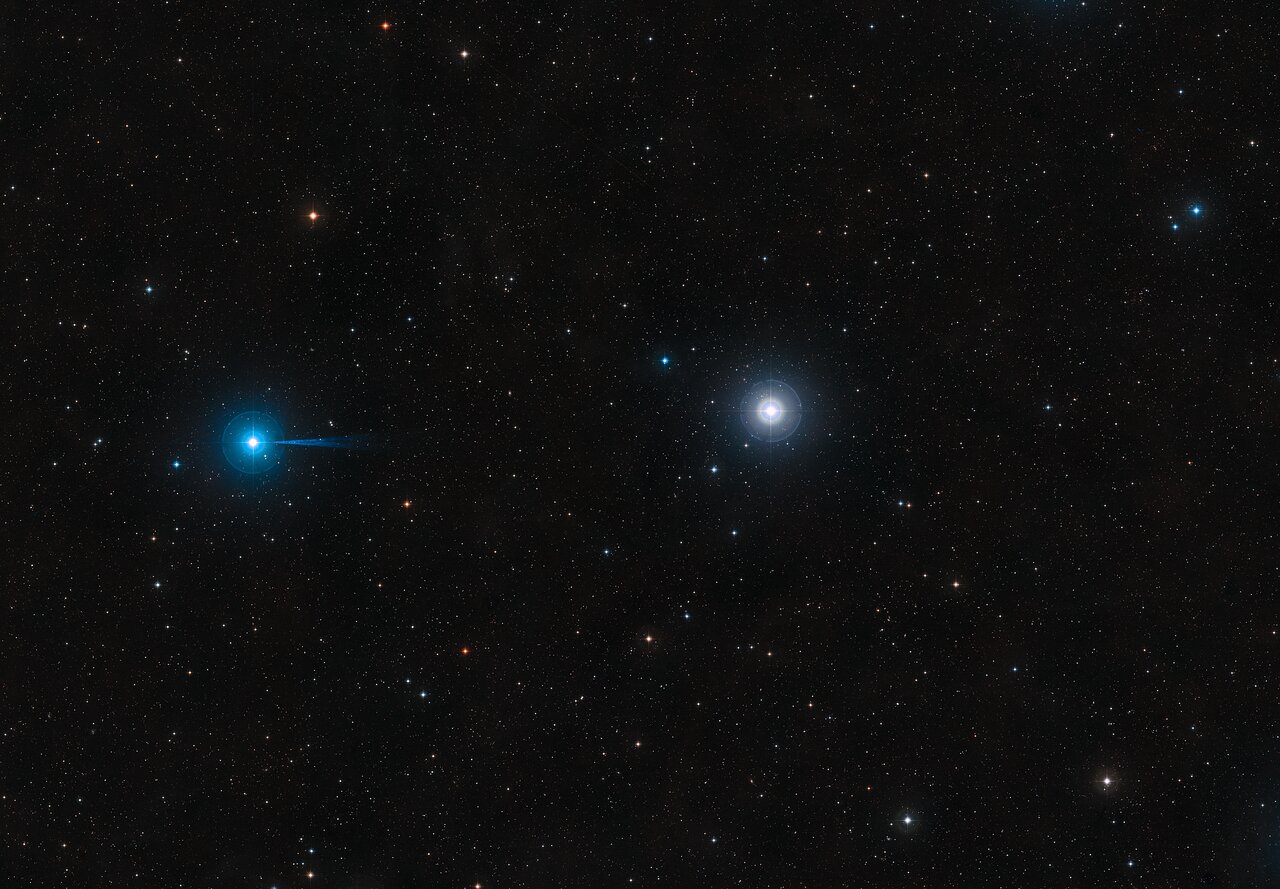How does a star simply vanish?
PHL 293B, also known as HL 293B, the Kinman dwarf galaxy, A2228-00, or SDSS J223036.79-000636.9, is a small, not especially bright galaxy 75 million light-years from the Sun. It belongs to a class of so-called “blue compact dwarf galaxies.” These normally consist of several large, young star clusters containing hot, massive stars. The brightest of these are blue – thus the designation of the galaxies and their color.
PHL 293B is no different. Between 2001 and 2011, astronomers observed that the dwarf galaxy was dominated by a blue giant, a “luminous blue variable” (LBV), which shines approximately 2.5 million times brighter than the Sun. Such stars, as you might suspect from their name, are unstable and dramatic changes in their spectrum and brightness are the rule, not the exception. These variations leave behind specific traces that can be identified by scientists.
However, when astronomers pointed the ESO’s Very Large Telescope at the mini galaxy in 2019, no such traces could be found anymore. The star, which researchers had never directly observed, but had definitely detected before, appeared to have suddenly vanished, as reported in the Monthly Notices of the Royal Astronomical Society.
“We may have detected one of the most massive stars of the local Universe going gently into the night,” says team member Jose Groh of Trinity College, Dublin. The team then used older observations to form a theory about the star’s fate. This old data indicated that the star in the Kinman dwarf galaxy might have undergone a period of strong outbursts that likely ended sometime around 2011. Normally, however, the end of life of a giant star is associated with a widely visible supernova. But that might not have been the case here.
Accordingly, astronomers have proposed two explanations for the star’s disappearance. The outburst around 2011 might have ended with the LBV being transformed into a much less luminous star that also might be partially obscured by dust. The star would thus still be there but would no longer be detectable. Alternatively, the team also suggests that the star might have collapsed directly into a black hole without first producing a supernova explosion. That would be a very rare event. What actually happened will be cleared up at the earliest in 2025, when the ESO’s Extremely Large Telescope (ELT) will go into operation. It should be able to resolve stars in far distant galaxies like the Kinman dwarf galaxy and thus contribute to a solution to this cosmic mystery.

